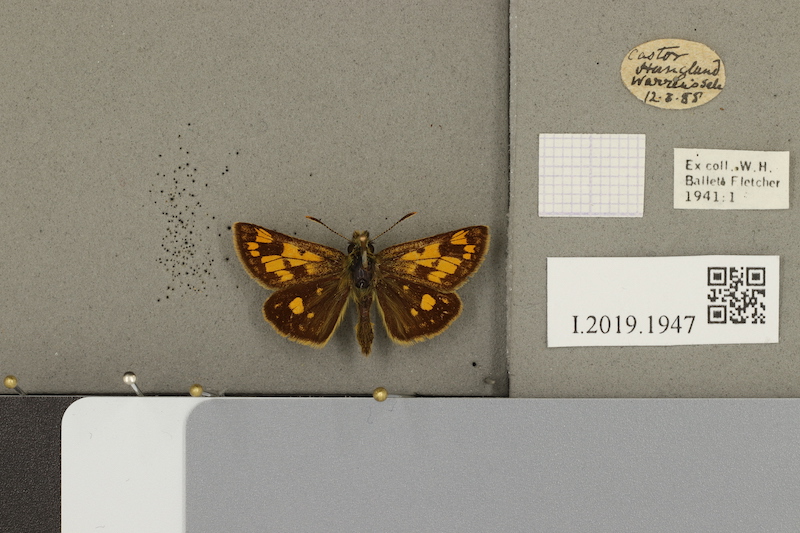Cataloging specimens at the University Museum of Zoology, Cambridge
BarcodeFiler is helping the University Museum of Zoology, Cambridge (UMZC) update the way they catalogue their historical animal specimens.
The UMZC has around 5,000 specimens on display in the public galleries, but this is only a small fraction of what is stored on site. It is estimated that the Museum actually houses around 2 million specimens, with the majority held behind the scenes for preservation and research. Of these, around half are insects and these form the last major collection in the Museum left to be digitised and electronically catalogued. Giving wider access to over 1million specimens for the first time and publishing their data online is a colossal task. That’s why the Museum is starting with a single group, butterflies of the UK, which will be achievable over a shorter time frame.
Financed by the Esmée Fairbairn Collections Fund, the ‘Butterflies through time’ project aims to make use of the huge number of insects stored at the UMZC. The project will engage people with the natural world and environmental change, both past and present, by linking historical collections with contemporary conservation initiatives.
Overall, the project aims to:
1) Use records of long-term declines in local wildlife, stored within museum collections, to engage new audiences with museums and the natural world.
2) Use historical museum data to guide habitat restoration work on reserves in collaboration with local conservation organisations, such as the Bedfordshire, Cambridgeshire and Northamptonshire Wildlife Trust (BCNWT).
3) Catalogue and digitise the Museum’s UK butterfly collection, making these records widely accessible for the first time.
To capture physical specimen data from the butterflies, and information from their labels, a photograph is taken alongside a unique id number and accompanying barcode. BarcodeFiler then takes this image, detects the barcode and renames the image using the unique id number. This eliminates transcription errors when writing id numbers into a spreadsheet and automatically produces a digital image that is referenced to the specimen, ready to be uploaded onto the Museum website. This increases the efficiency and accuracy with which the Museum can increase access to their historical collections.
